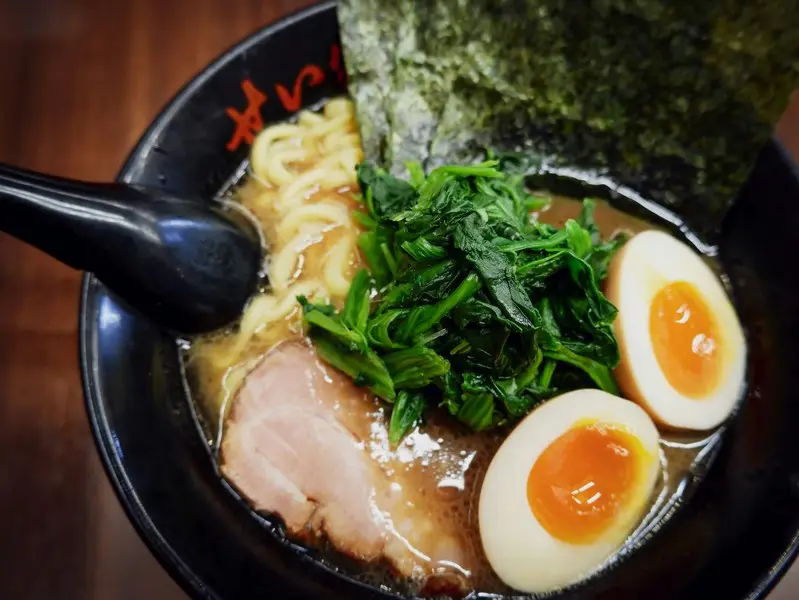The Cultural Significance of Ramen in Japan
When it comes to Japanese cuisine, one dish stands out for its cultural significance and widespread popularity: ramen. This iconic noodle soup has deep roots in Japanese history and society, making it an essential part of the country’s culinary heritage. By analyzing the sociology of food, we can gain a deeper understanding of why ramen holds such cultural significance in Japan.
Historical Context
The history of ramen in Japan dates back to the late 19th century when it was introduced by Chinese immigrants. Initially, ramen was considered a cheap and quick meal option, often associated with street food stalls and fast-paced urban life. However, over time, it evolved into a beloved comfort food that transcended social boundaries.
During World War II, ramen gained further popularity as a filling and affordable meal during a time of scarcity. It became an essential part of the Japanese diet, providing sustenance and nourishment to the masses. This historical context laid the foundation for the cultural significance of ramen in Japan.
Social Symbolism
Ramen is not just a dish; it is a symbol of Japanese culture and identity. It represents the fusion of different culinary traditions and the adaptability of Japanese society. The act of slurping noodles, for example, is not only acceptable but encouraged in Japanese culture. It signifies the enjoyment of the meal and is seen as a sign of appreciation towards the chef.
Furthermore, ramen is deeply ingrained in the social fabric of Japan. It is often enjoyed in communal settings, such as ramen shops or food stalls, where people come together to share a meal. These establishments serve as gathering places for friends, families, and even coworkers, fostering a sense of community and connection.
Regional Diversity
Another aspect that adds to the cultural significance of ramen in Japan is its regional diversity. Each region in Japan has its own unique style of ramen, often characterized by variations in broth, noodles, and toppings. For example, Hokkaido is known for its rich miso-based ramen, while Tokyo is famous for its soy-based ramen.
This regional diversity not only showcases the culinary creativity of different areas but also fosters a sense of local pride. Ramen has become a way for regions to distinguish themselves and attract visitors, leading to the emergence of ramen tourism in Japan. Travelers from all over the world come to experience the authentic flavors of regional ramen and explore the cultural nuances associated with each style.
Influence on Popular Culture
Ramen’s cultural significance in Japan extends beyond the realm of food. It has made its way into various forms of popular culture, including literature, film, and anime. Countless books and movies have been dedicated to exploring the art of ramen-making and its role in Japanese society.
Anime, in particular, has played a significant role in popularizing ramen globally. Shows like “Naruto” and “Food Wars!” have showcased the artistry and passion behind ramen preparation, elevating it to a symbol of culinary excellence. This influence on popular culture has further solidified ramen’s position as an iconic dish in Japan.
Conclusion
Ramen’s cultural significance in Japan cannot be understated. Its historical context, social symbolism, regional diversity, and influence on popular culture all contribute to its enduring popularity. Ramen represents not only a delicious meal but also a reflection of Japanese society, its values, and its ability to embrace and adapt foreign influences. So, the next time you enjoy a bowl of ramen, remember the rich cultural heritage that it embodies.





